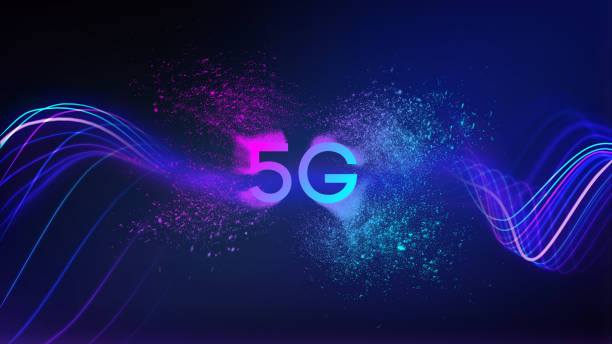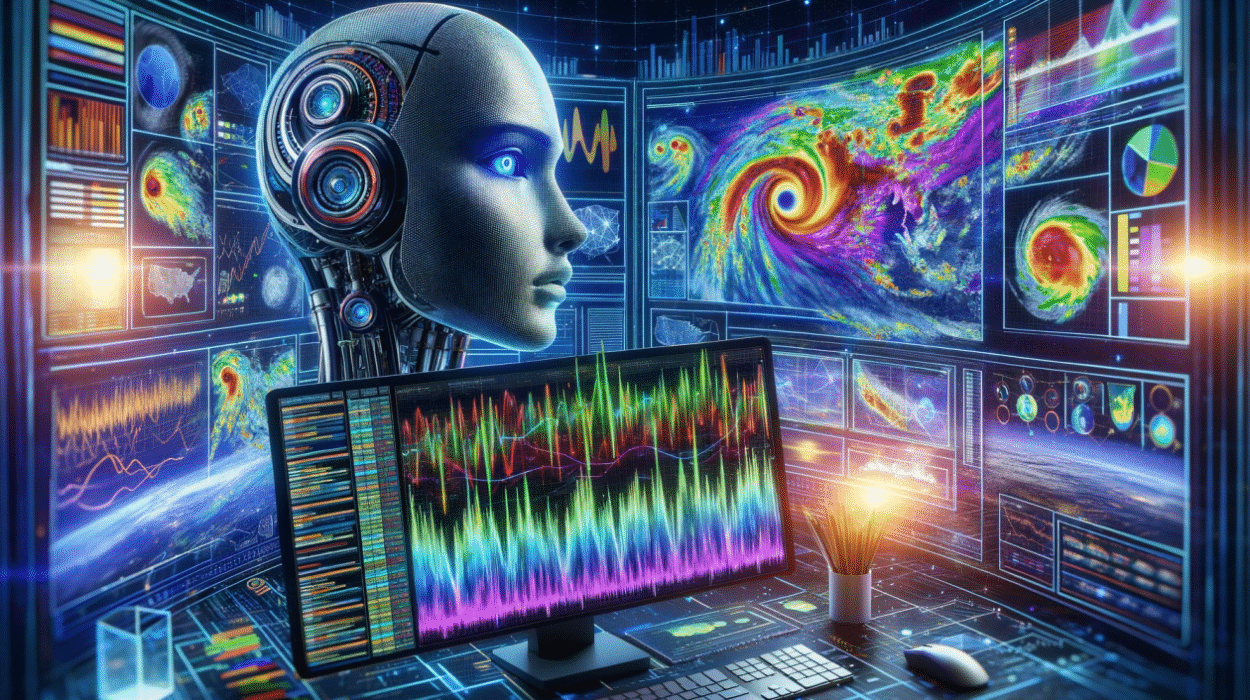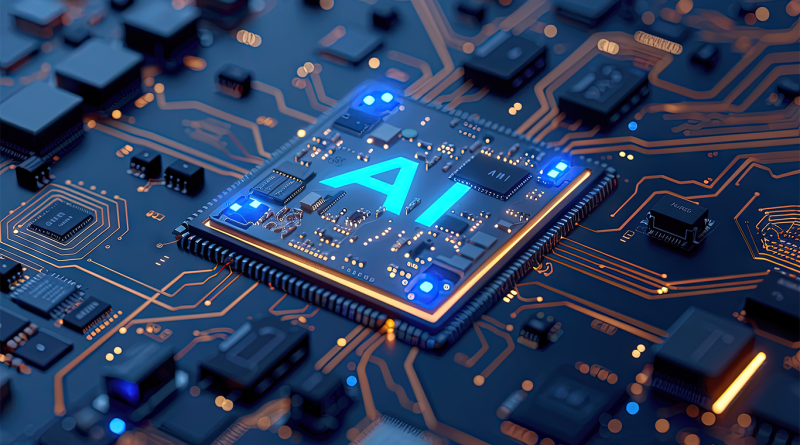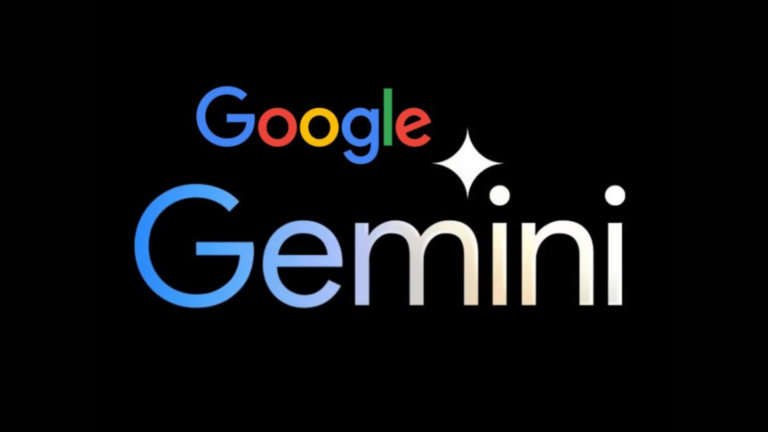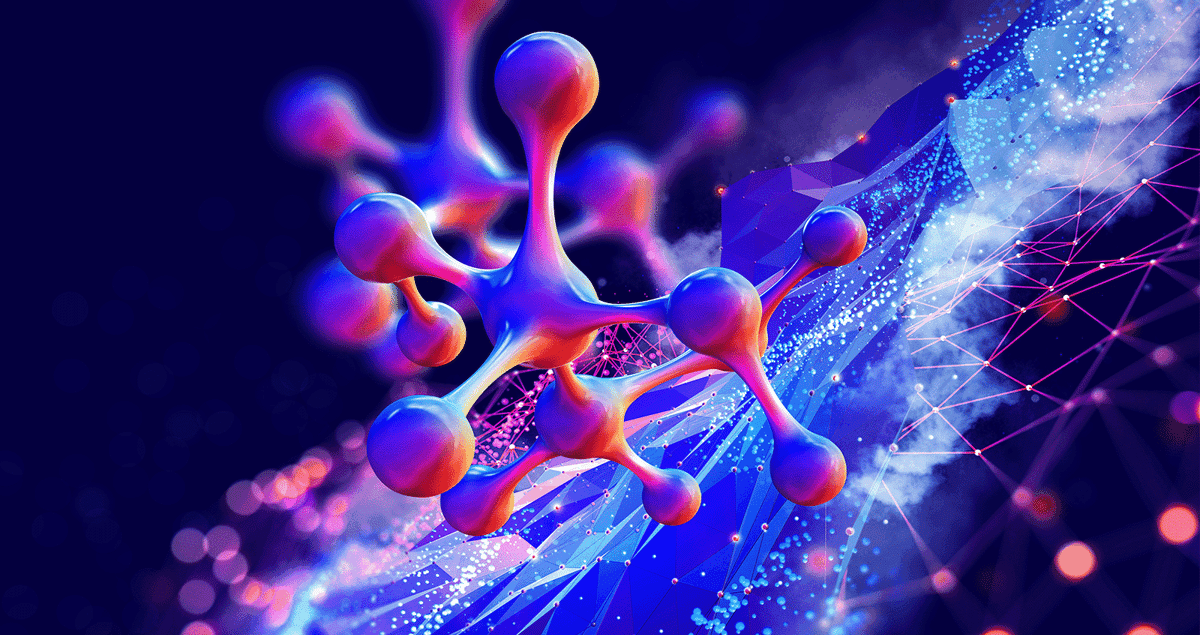Imagine a world where everything is connected seamlessly—where your devices anticipate your needs, autonomous cars navigate without human intervention, surgeons operate on patients thousands of miles away, and immersive virtual experiences become a daily reality. This is not a distant future; it is the 5G-powered revolution unfolding right now.
5G, or the fifth generation of wireless technology, is far more than just an upgrade from 4G. It is a transformative leap that brings unprecedented speed, ultra-low latency, and the ability to connect billions of devices with minimal delay. Unlike previous generations, which primarily improved internet speed, 5G enables entirely new applications that redefine how we live, work, and interact with the world.
From smart cities and telemedicine to cloud gaming and autonomous transportation, the impact of 5G is far-reaching. This article explores how this technology is shaping our connected lives, revolutionizing industries, and unlocking possibilities that were once considered impossible.
The Power Behind 5G: What Makes It Revolutionary?
The defining feature of 5G is its extraordinary speed. Capable of reaching speeds 100 times faster than 4G, it allows for near-instant downloads, uninterrupted streaming, and real-time communication. A task that takes minutes on a 4G network—such as downloading an ultra-high-definition movie—can be completed in mere seconds with 5G.
However, speed is just one piece of the puzzle. Ultra-low latency is another game-changer. Latency, the time it takes for data to travel from one point to another, is drastically reduced with 5G. In comparison to 50 milliseconds on 4G, 5G reduces latency to as little as 1 millisecond—a response time so fast that it feels instantaneous. This is crucial for applications that require real-time interactions, such as remote surgeries, industrial automation, and autonomous vehicles.
Another defining characteristic of 5G is its massive device connectivity. Unlike previous networks that struggle with congestion when too many devices are connected, 5G can support over a million devices per square kilometer. This is critical for the Internet of Things (IoT), where smart homes, wearable tech, and industrial sensors must communicate seamlessly.
Revolutionizing Smart Cities: A More Intelligent Urban Experience
5G is laying the foundation for smarter, more efficient cities where infrastructure, transportation, and public services are seamlessly integrated. Imagine walking through a city where traffic lights adjust dynamically based on congestion, public transportation systems run with near-zero delays, and emergency services respond instantly using real-time data.
Smart grids powered by 5G can optimize energy distribution, reducing power outages and making renewable energy sources more efficient. Waste management systems can operate intelligently by monitoring real-time waste levels and adjusting collection schedules accordingly. Streetlights equipped with sensors can adapt to pedestrian movement, saving energy while improving safety.
Public safety and security are also set to improve. 5G-enabled high-definition surveillance cameras and AI-driven facial recognition systems can help law enforcement respond faster to incidents. In emergencies, first responders can access real-time drone footage and high-speed data transmission, allowing for better coordination and quicker response times.
The Future of Healthcare: Remote Surgeries and Smart Medicine
Healthcare is one of the industries most profoundly impacted by 5G, with telemedicine, remote surgeries, and AI-driven diagnostics becoming increasingly viable. The pandemic accelerated the adoption of virtual consultations, but limited network capabilities hindered real-time interactions. With 5G, doctors can diagnose patients remotely with the same precision as in-person visits.
One of the most groundbreaking applications of 5G in healthcare is remote robotic surgery. With ultra-low latency, surgeons can operate on patients in different locations using robotic arms controlled in real-time. This technology allows world-class specialists to treat patients anywhere, improving access to high-quality healthcare in remote or underserved areas.
Wearable medical devices are also evolving with 5G. Smartwatches and health trackers can continuously monitor vital signs, sending real-time data to doctors and alerting them to potential health risks. This shift from reactive to proactive healthcare can help prevent serious conditions before they become life-threatening.
The Gaming and Entertainment Industry Enters a New Era
Cloud gaming, augmented reality (AR), and virtual reality (VR) are being transformed by 5G, offering users an immersive, high-speed experience unlike anything before. Traditionally, gamers have relied on powerful hardware to run graphics-intensive games. With 5G, the need for expensive consoles and gaming PCs diminishes as high-end processing happens in the cloud.
Gamers can now stream AAA titles directly to their smartphones, tablets, or smart TVs with zero lag and ultra-high resolution. Cloud gaming platforms like NVIDIA GeForce Now, Xbox Cloud Gaming, and Google Stadia are already leveraging 5G to deliver smooth gameplay experiences that were previously impossible over mobile networks.
Beyond gaming, 5G is revolutionizing live entertainment. Interactive concerts, sports events, and virtual meet-ups are becoming more immersive. Viewers can watch matches from multiple camera angles, engage in real-time augmented reality overlays, and even participate in concerts through VR as if they were physically present.
Education Without Limits: The Rise of Smart Learning
5G is breaking geographical barriers in education, making learning more accessible, interactive, and personalized. Virtual classrooms powered by 5G enable seamless video streaming, real-time collaboration, and AR-enhanced learning experiences.
Students can take field trips to historical landmarks, space stations, or deep-sea locations through immersive VR technology, all from their classrooms. Complex subjects like medicine, engineering, and architecture benefit from hands-on AR simulations that offer a real-world perspective without physical limitations.
For remote and underprivileged communities, 5G-powered education can bridge the digital divide. High-speed internet ensures that students in rural areas receive the same quality of education as those in urban centers. Personalized AI-driven learning platforms can adapt to individual student needs, making education more efficient and engaging.
The Business World Redefined: Smarter Workplaces and Industry 4.0
The modern workplace is evolving, and 5G is the driving force behind this transformation. With ultra-fast, low-latency networks, businesses can embrace remote work, automation, and real-time collaboration on a whole new level.
Companies can utilize AI-powered video conferencing, cloud computing, and augmented reality for seamless global collaboration. Employees working from different continents can interact as if they were in the same room, boosting productivity and reducing travel costs.
Manufacturing is also undergoing a revolution with Industry 4.0—the integration of AI, IoT, and robotics in factories. 5G enables real-time machine communication, allowing for predictive maintenance, automated quality control, and highly efficient production processes. Smart factories can self-optimize, reducing waste and increasing output.
The retail sector is not far behind, with 5G-powered cashier-less stores, personalized AI-driven shopping experiences, and smart supply chains improving both efficiency and customer satisfaction.
The Road to Autonomous Vehicles and Smart Transportation
Self-driving cars are one step closer to reality, thanks to 5G’s ultra-fast response times. Unlike previous networks that suffer from latency issues, 5G allows autonomous vehicles to communicate with each other and react to their surroundings in real-time.
Vehicle-to-everything (V2X) communication enables cars to share data about road conditions, accidents, and traffic congestion, making travel safer and more efficient. Smart traffic management systems powered by 5G can reduce accidents, optimize traffic flow, and minimize fuel consumption.
Drones are also benefiting from 5G, making contactless deliveries, infrastructure inspections, and emergency response operations more efficient. The combination of 5G and AI is paving the way for a future where human drivers may become obsolete.
Conclusion: The Connected Future Awaits
5G is not just another technological advancement—it is a paradigm shift that will redefine nearly every aspect of modern life. From healthcare and education to gaming, business, and transportation, 5G is creating a hyper-connected world where innovation has no limits.
As this technology continues to evolve, society will experience unprecedented efficiency, accessibility, and convenience. The future is here, and with 5G, it is faster, smarter, and more connected than ever before.
